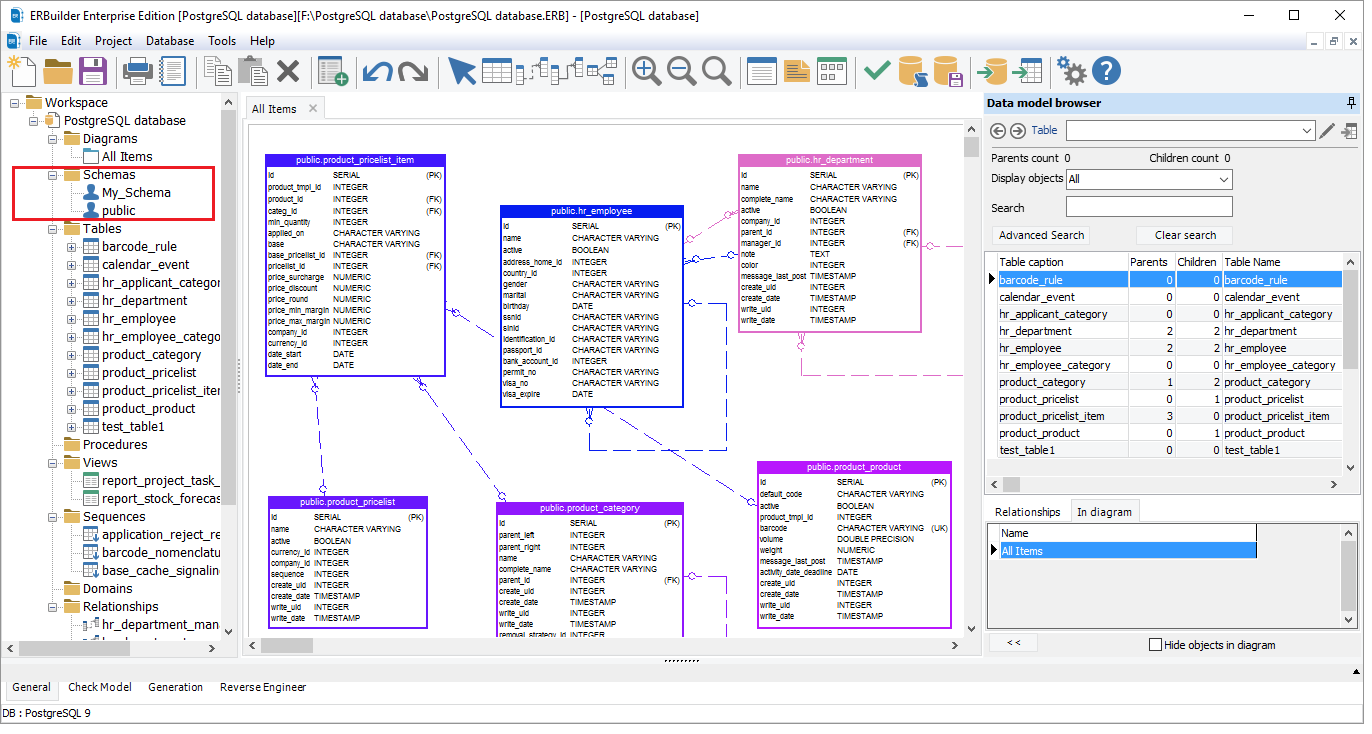
Since there are too many parameters in the nf file, this section of the article is divided into specific titles for file classification purposes There are titles such as File Locations, Resource Consumption, Connections and Authentication etc. Invalid parameter settings in the configuration file are ignored (but logged) during the SIGHUP process. The Main process propagates this signal to all running server processes, so existing sessions also adopt the new values (this happens after completing any client commands currently executing).Īlternatively, you can send the signal directly to a single server transaction. The nf file can be read again with the “ pg_ctl reload” command on the operating system or with the “ SELECT pg_reload_conf ()” command from the psql command line tool. This signal can be sent to postgresql in two ways. When Postgresql main process receives the SIGHUP signal, the Postgresql configuration file is read again.

The settings seen by active sessions will be these values unless they are overridden.

Parameters set in this way provide default values for the cluster. NOTE: If the nf file contains multiple entries for the same parameter, all but the last one is ignored, so the last value written in the file is valid. Spaces are trivial, # sets the rest of the line as a comment.

Select * from pg_settings where name = 'config_file' Īn example nf file is as follows, as you can guess, a parameter is specified in each line, the equal sign between name and value is optional.


 0 kommentar(er)
0 kommentar(er)
